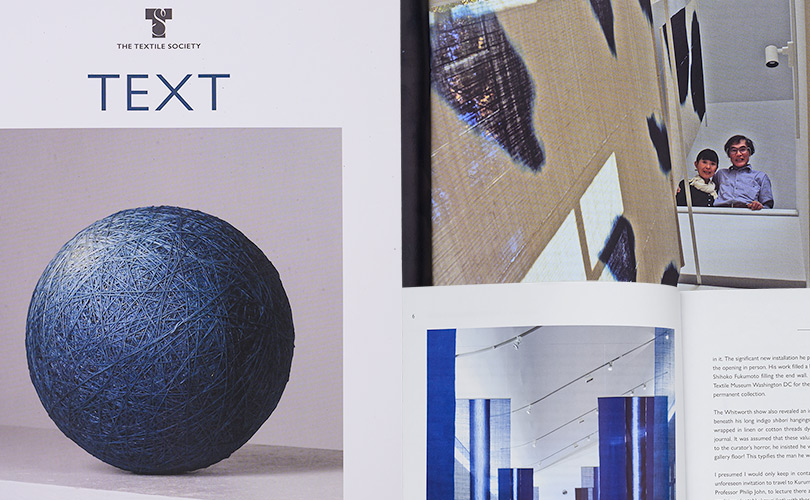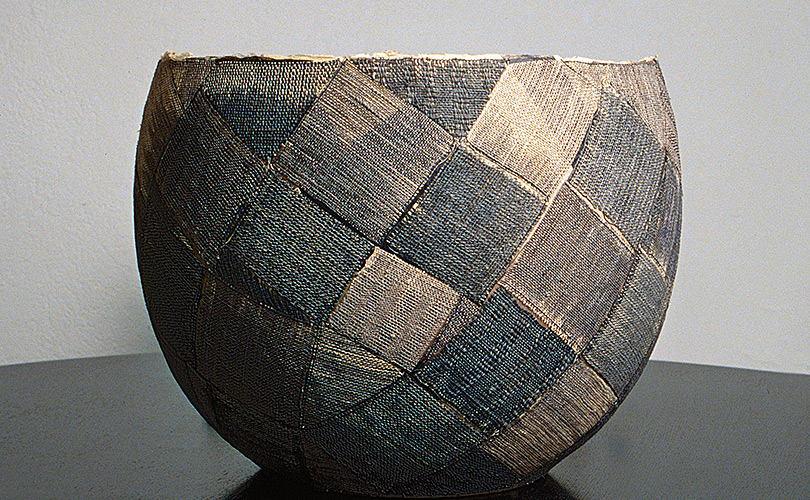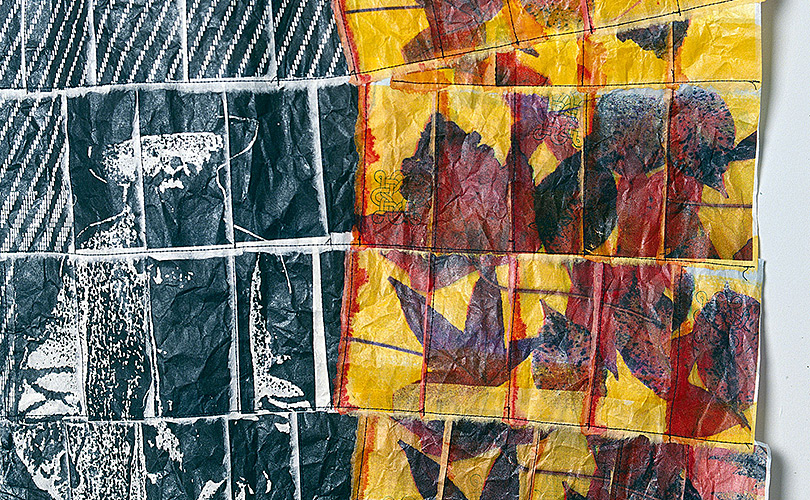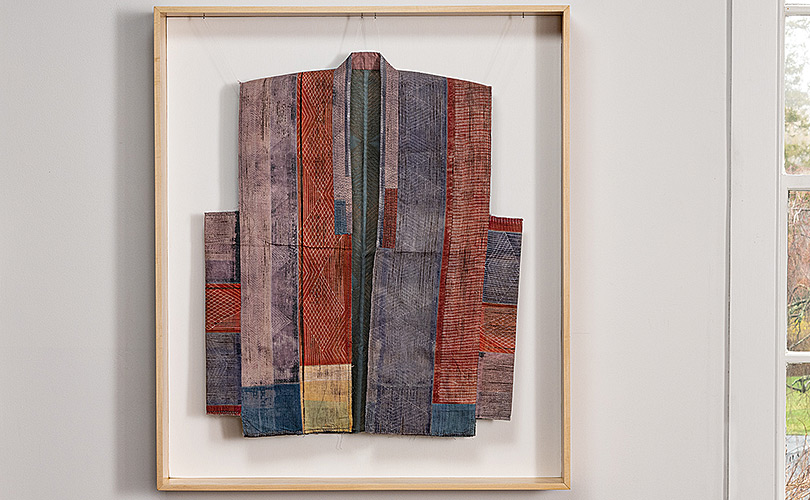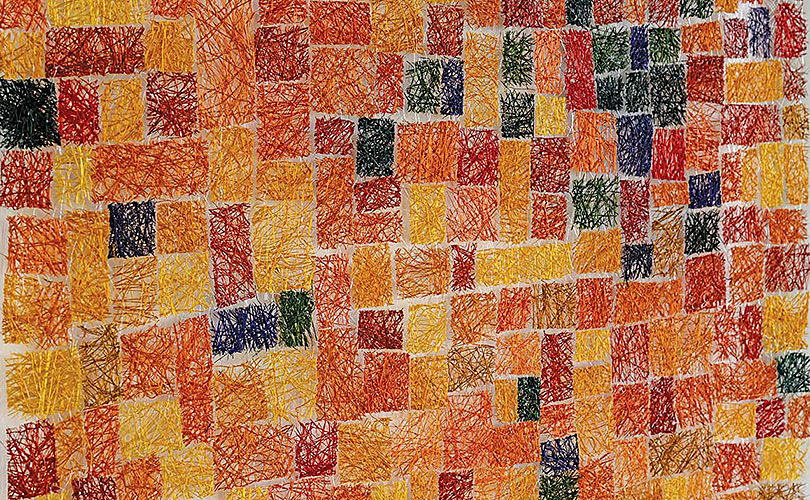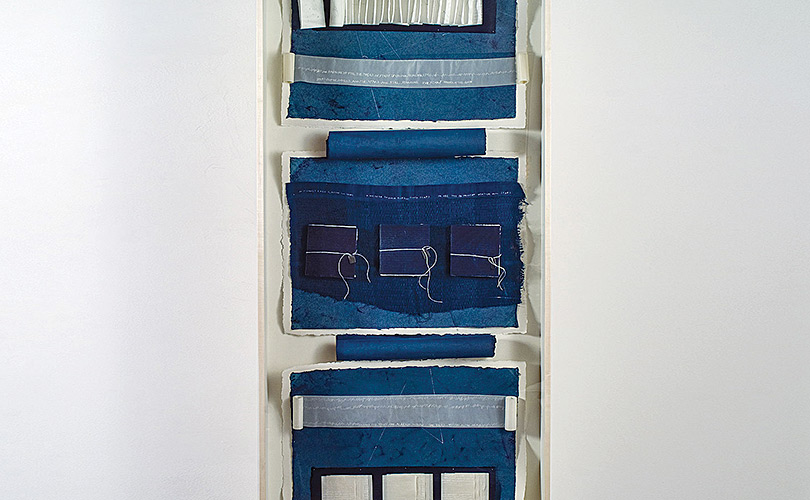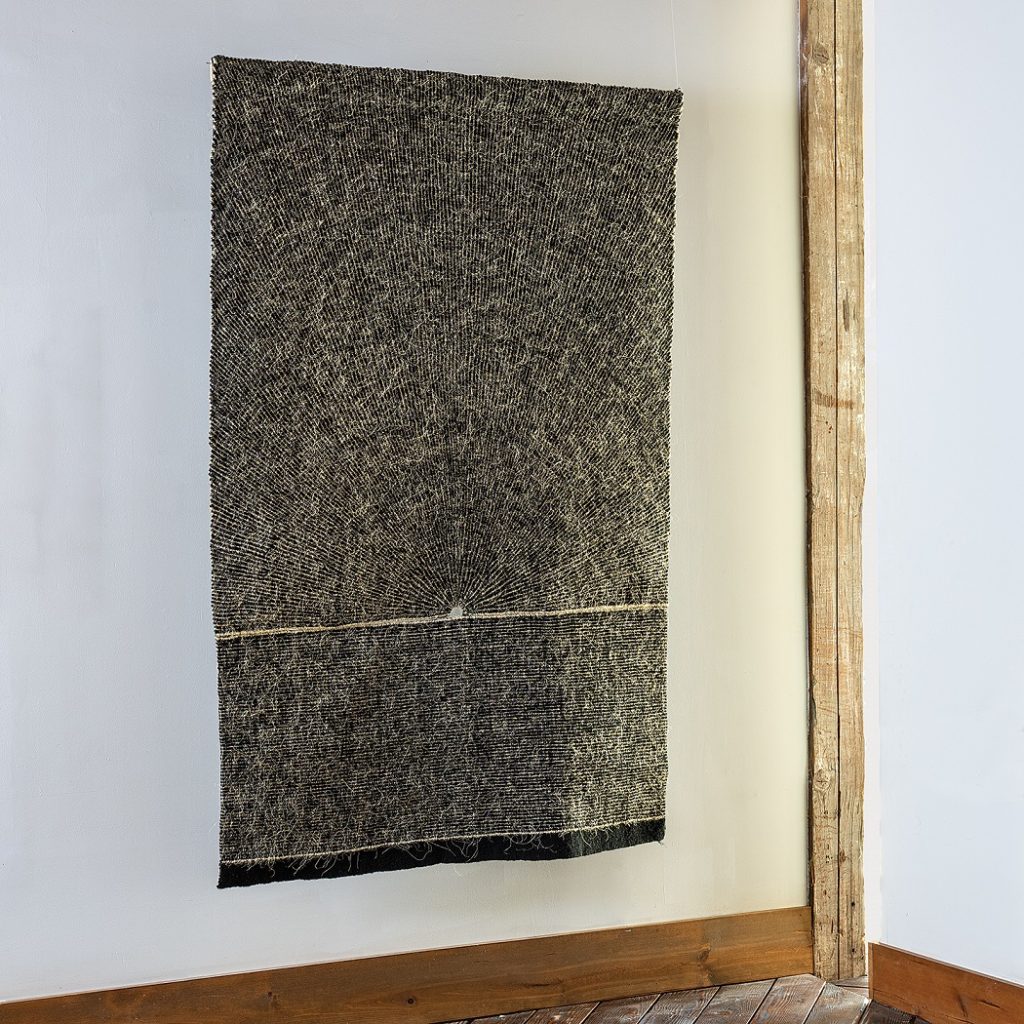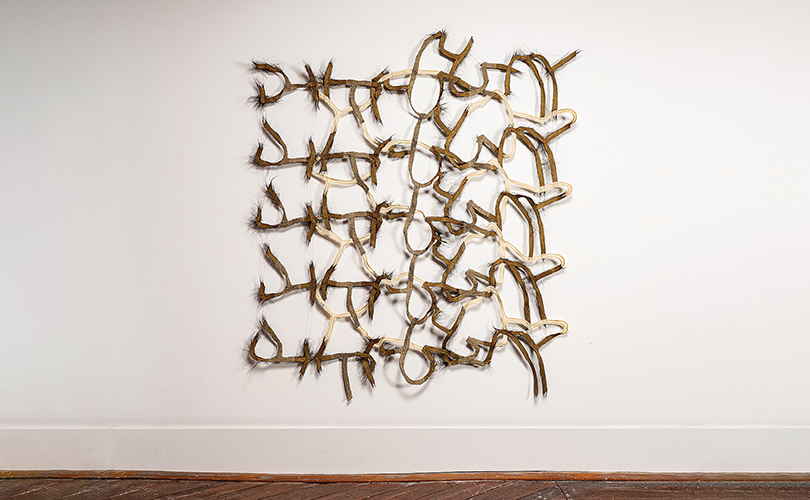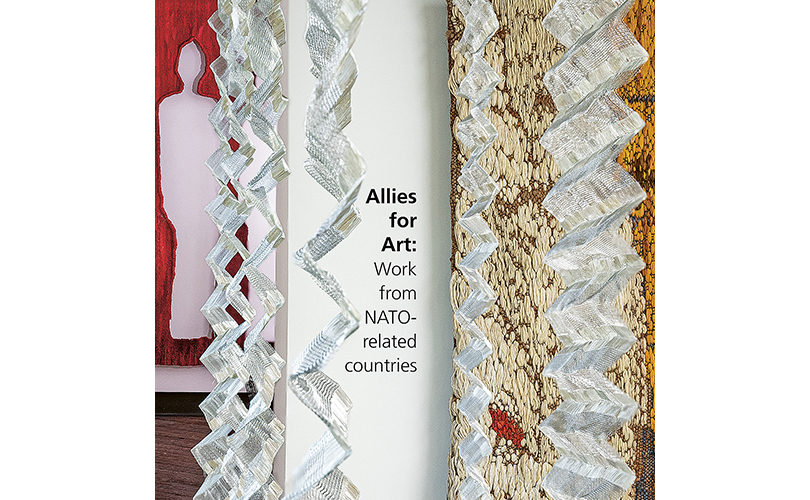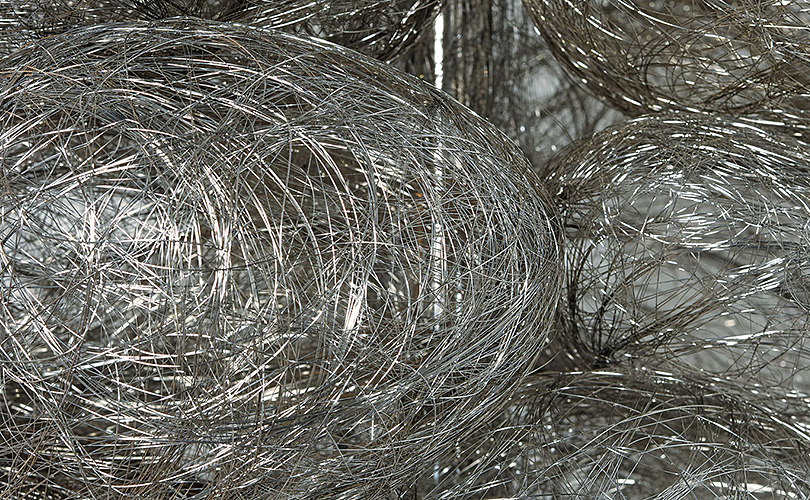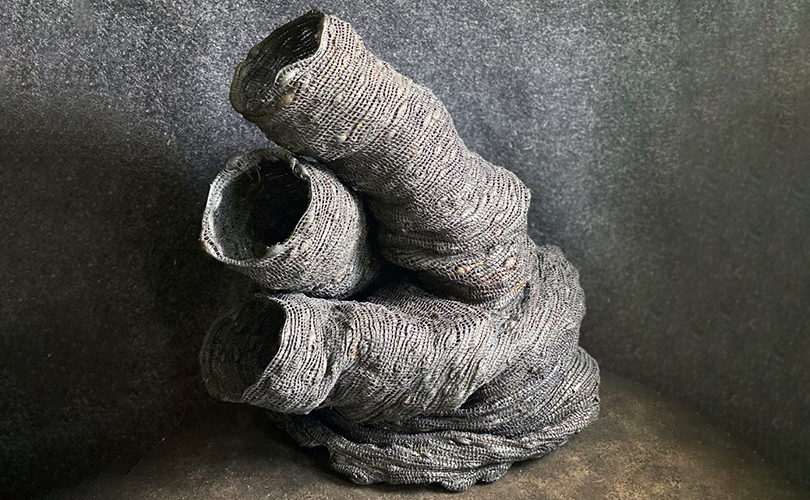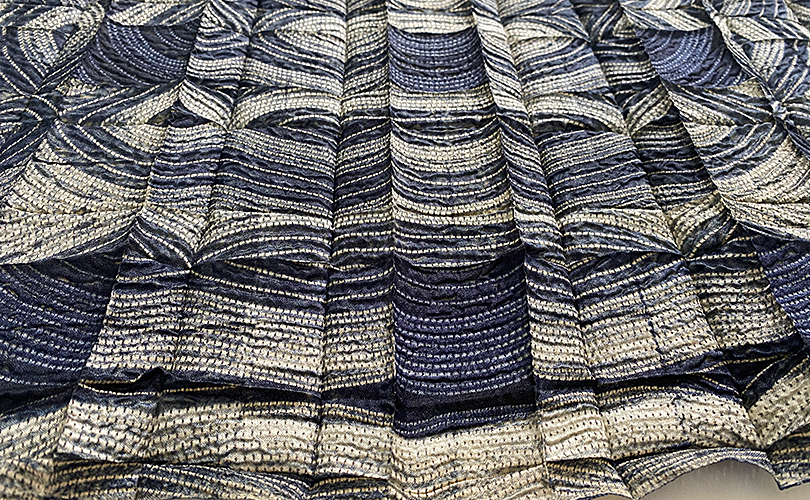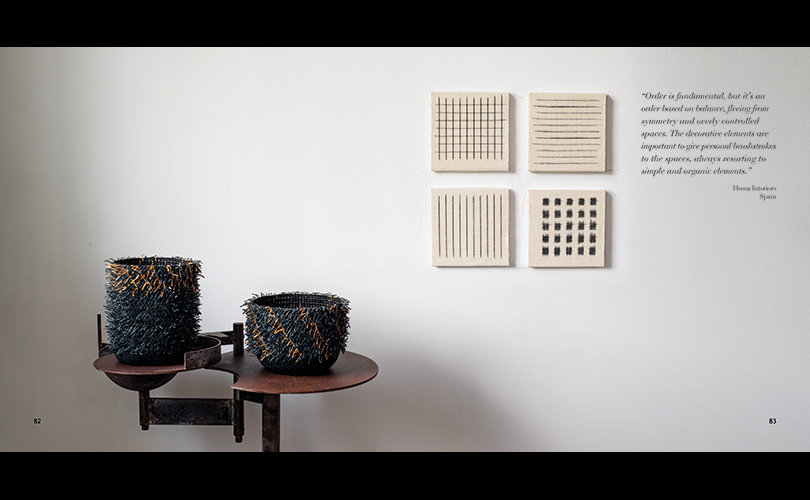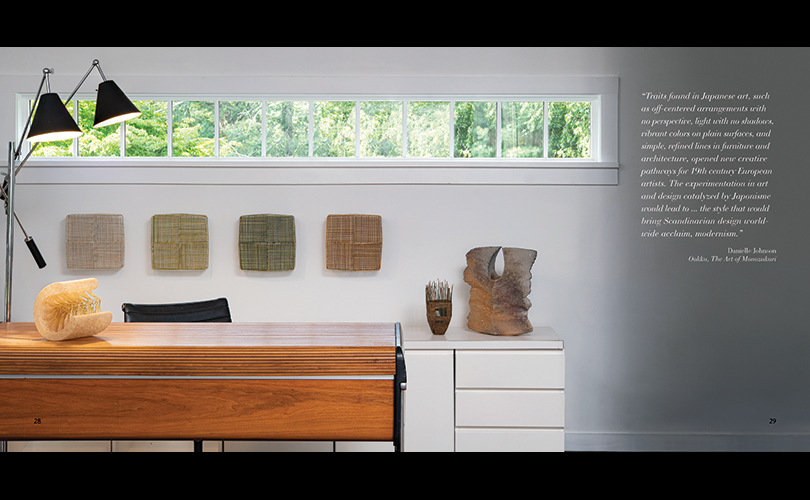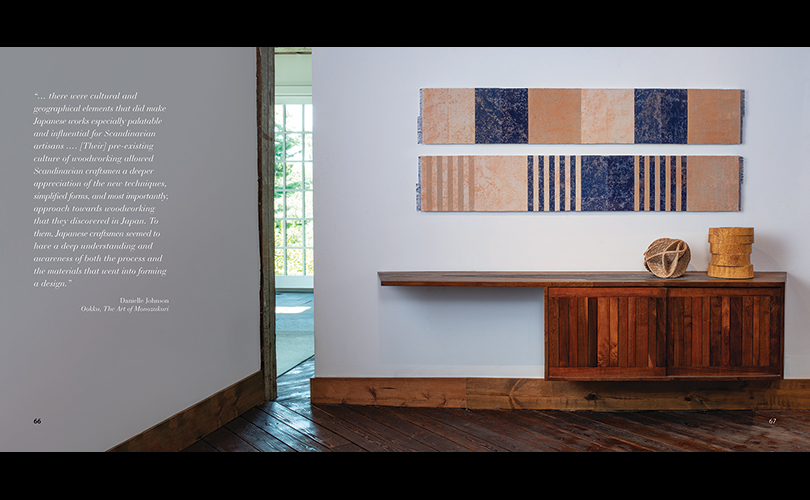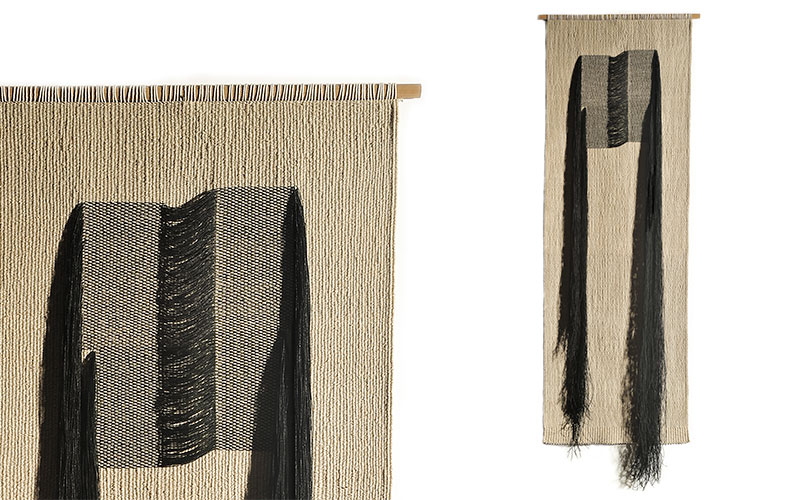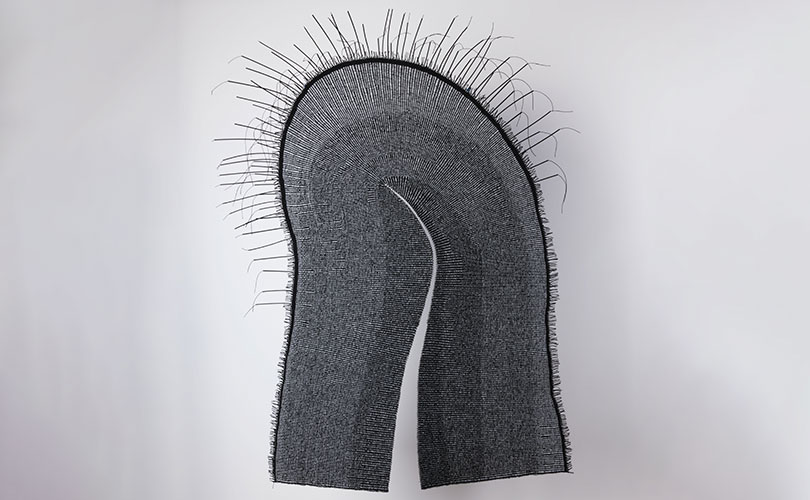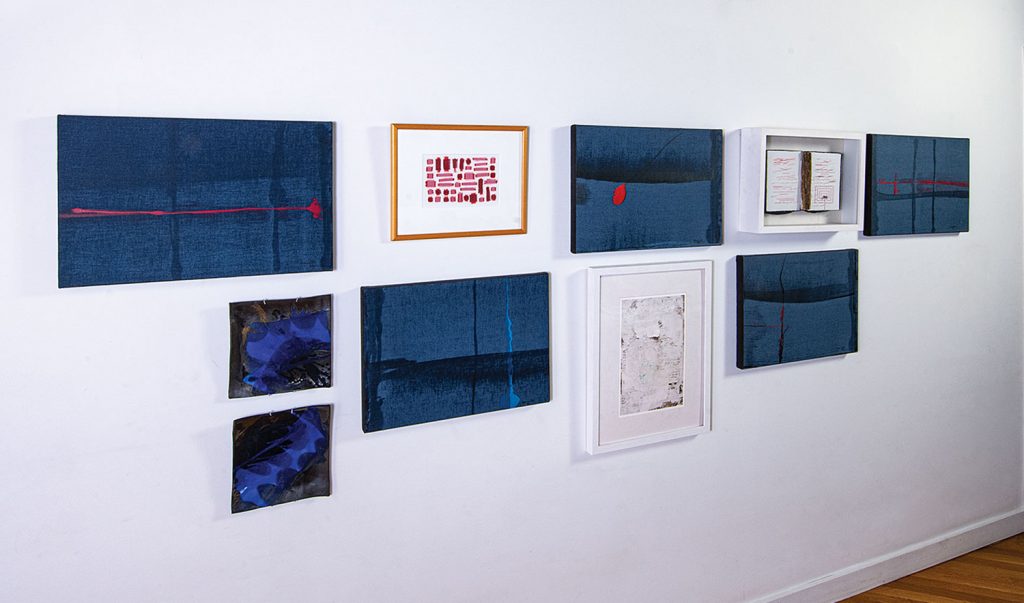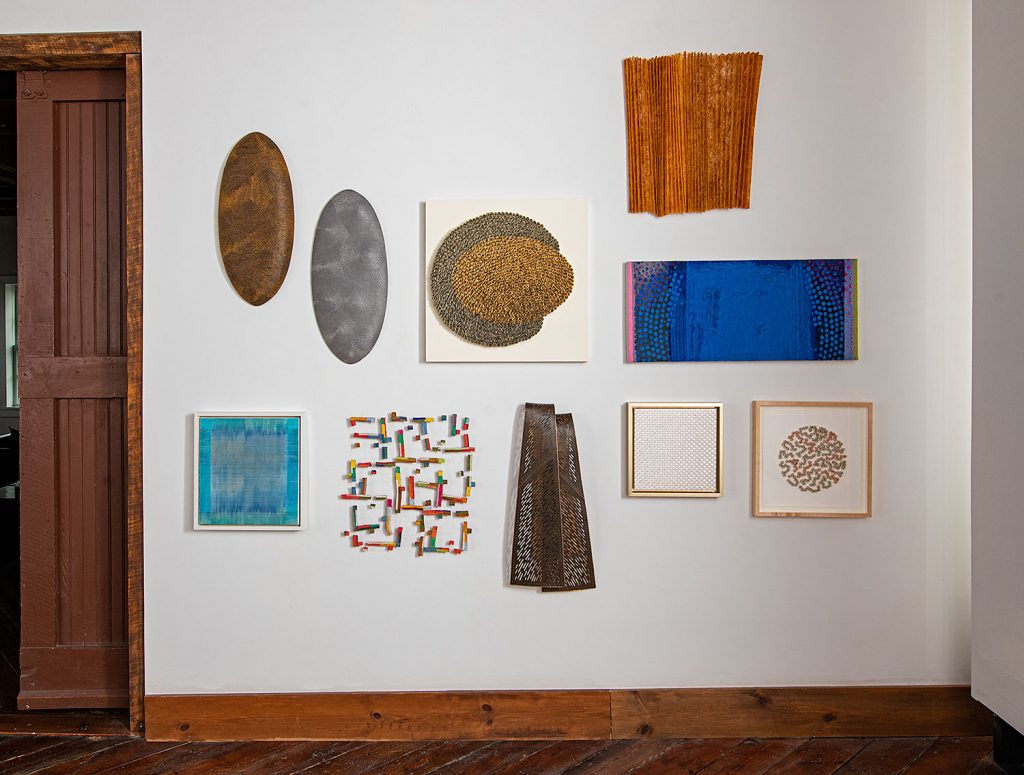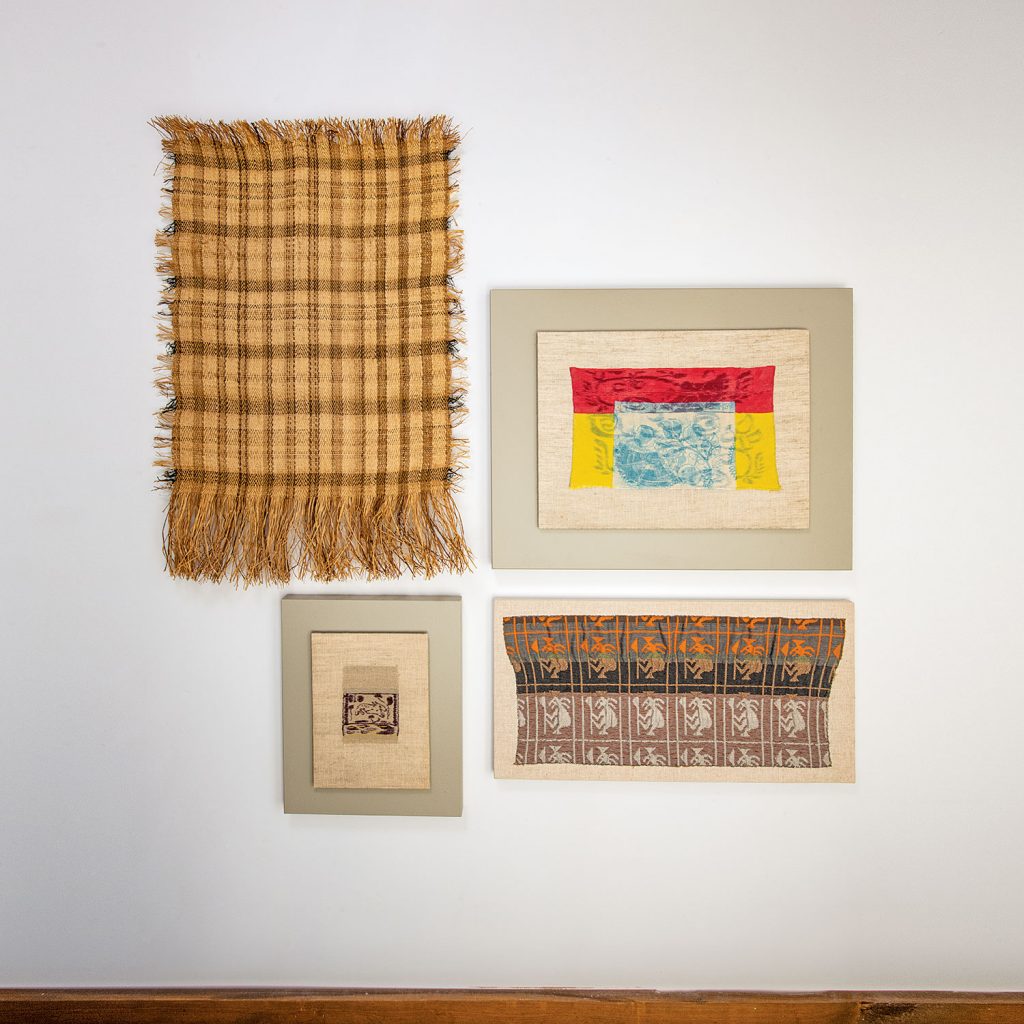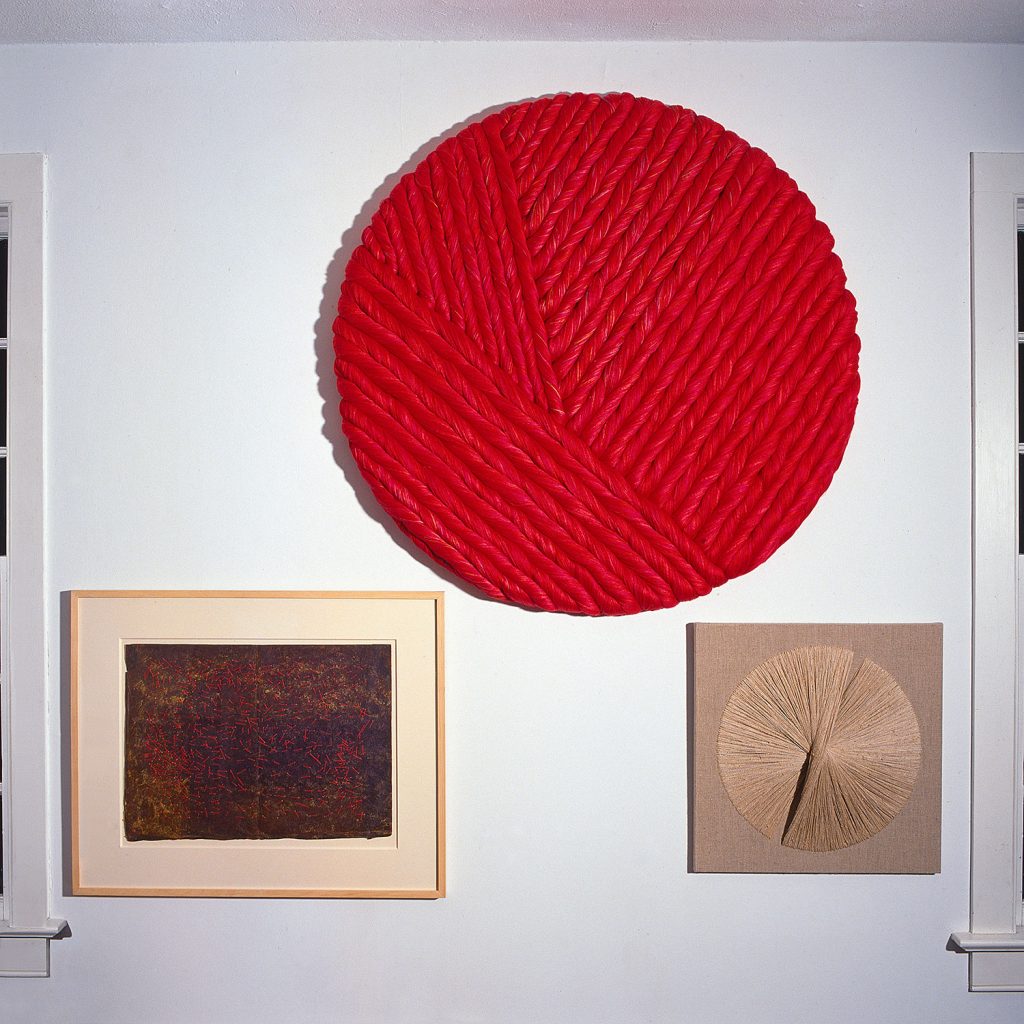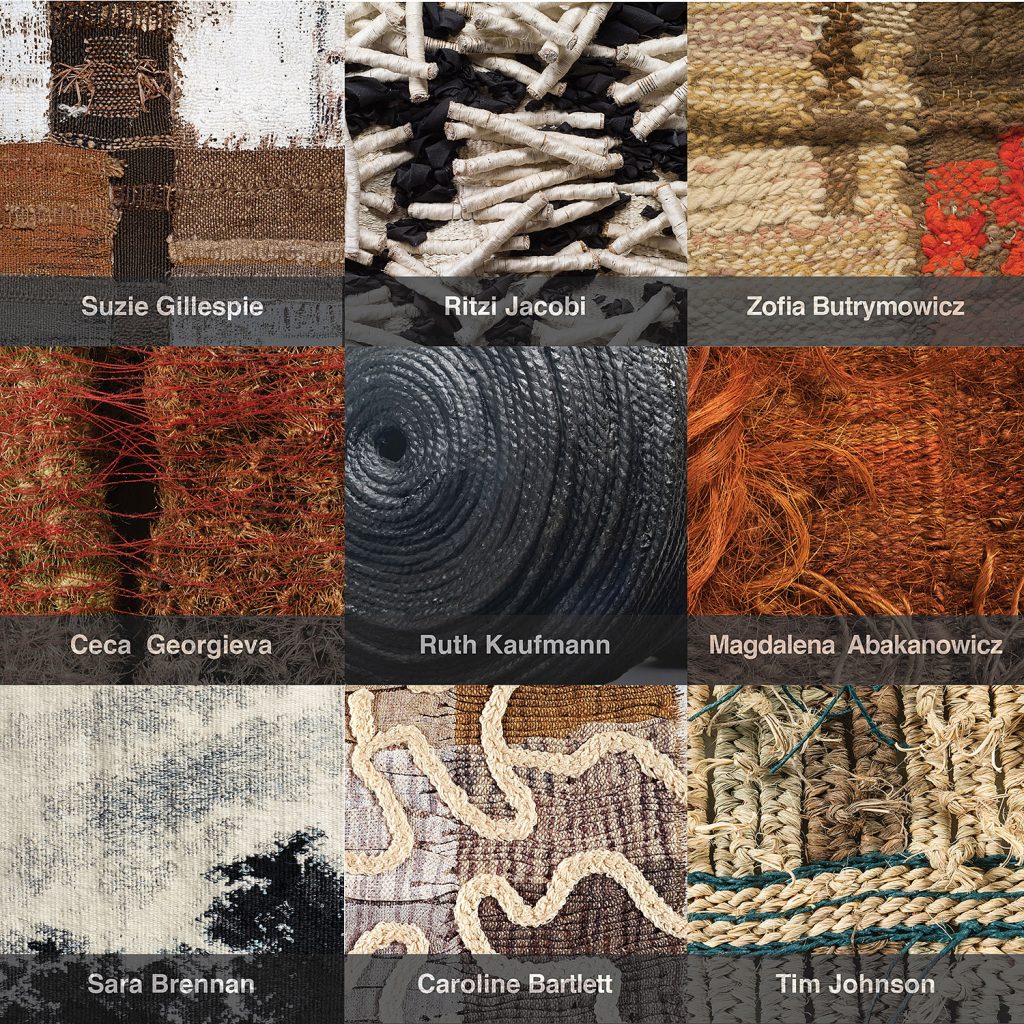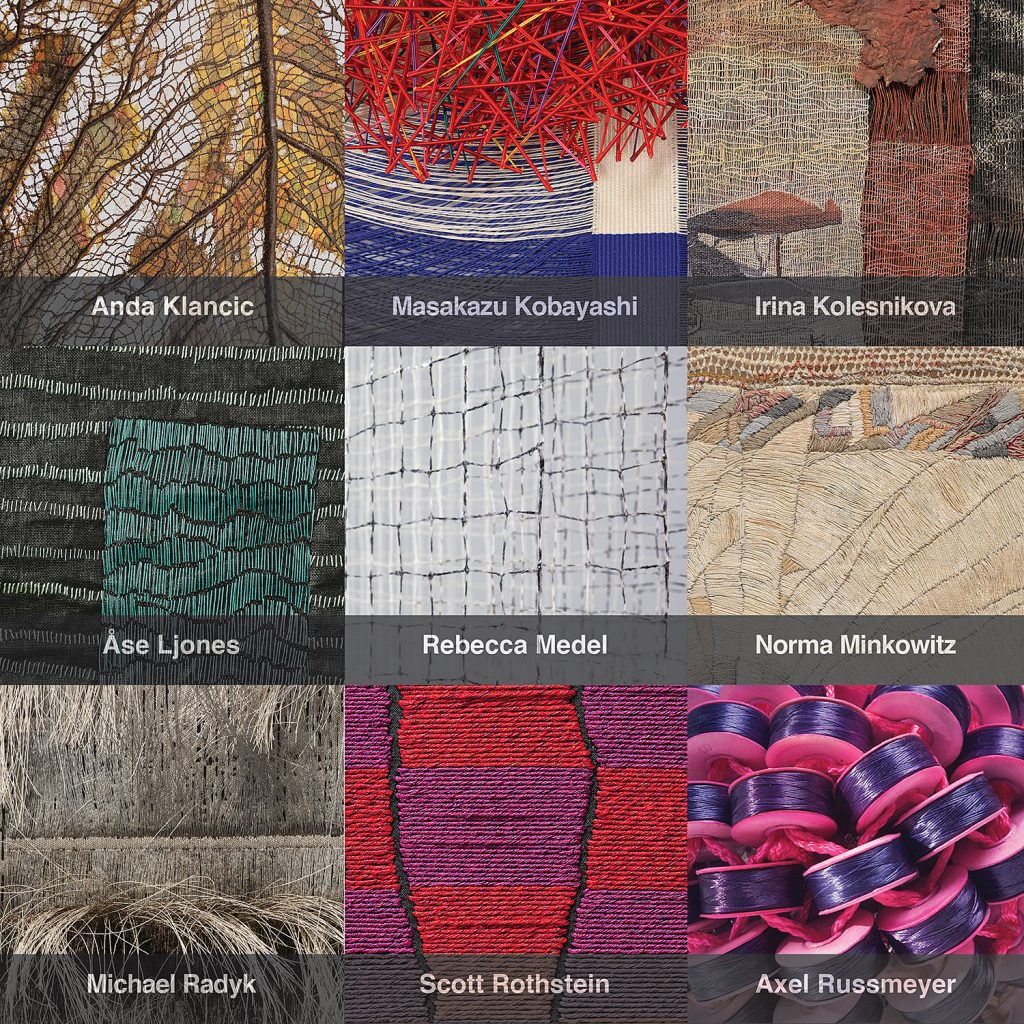We’ve been a bit lax at tooting our own horn this past year. Here’s a round-up of press mentions of artists that we work with and of browngrotta arts and our events — — digital and in print.
We were thrilled in January when Artsy reported that fiber art is experiencing a resurgence, a trend Artsy expects ” to take hold across the contemporary art world in 2025.” In its “Trends to Watch” item Artsy featured several artists, including Lia Cook, Adela Akers, and Sheila Hicks.
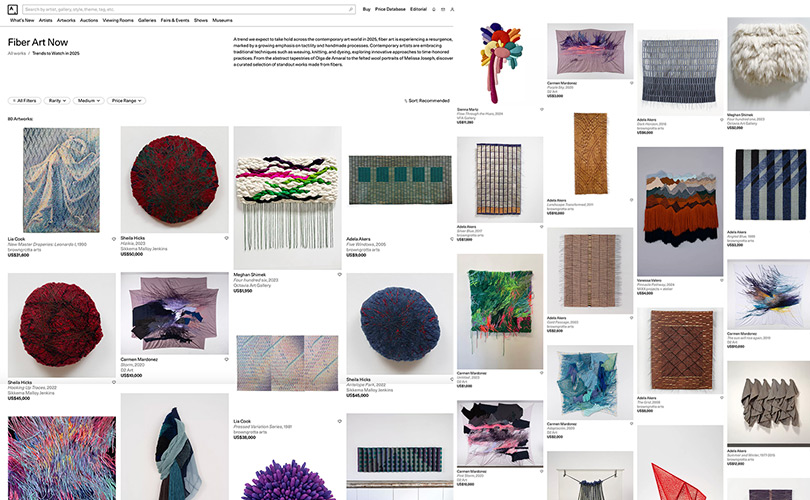
Shortly after that, American Craft Magazine asked to do a profile on Tom, Rhonda, and browngrotta arts. We are excited that the article, “A World of Fiber,” by Deborah Bishop — out now — gave us the chance to showcase so many of the artists that we promote. We appreciated the care that Deborah Bishop took with all the details and her writing that, “Among the few decades of global and multi-generational fiber arts, browngrotta arts is revered for its beautiful documentation of the craft.”
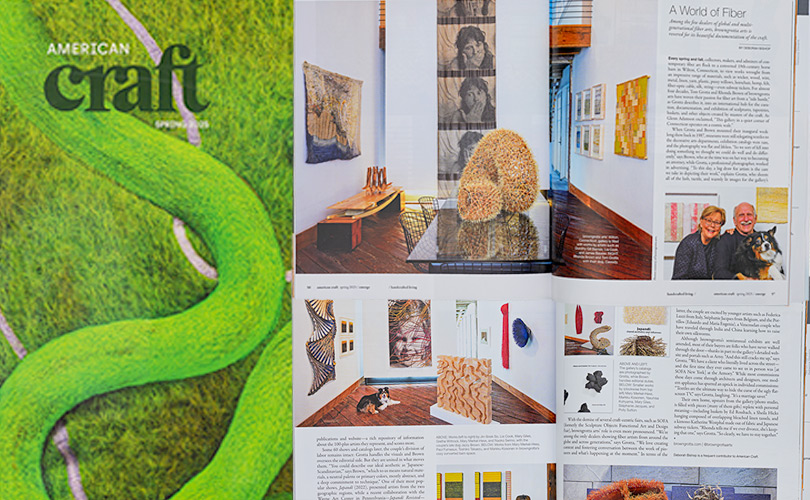
browngrotta arts got a nice listing in Museums1.
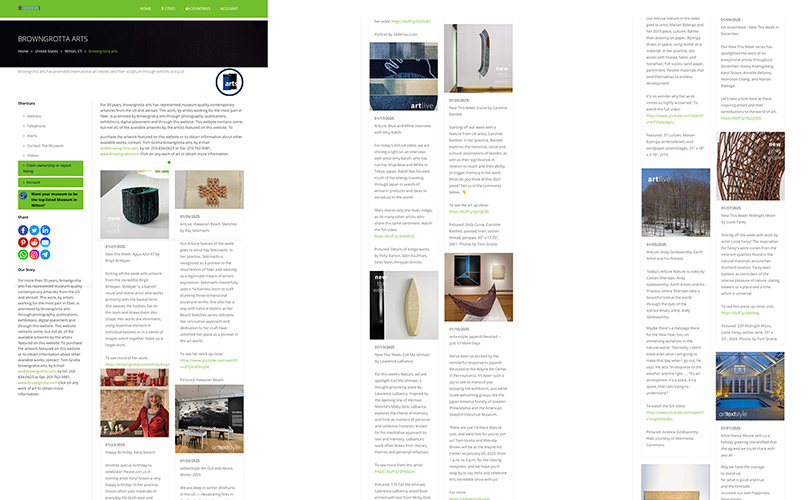
Our recent exhibition, Japandí Revisited: shared influences and aesthetics, at the Wayne Art Center in Pennsylvania got a nice review in artblog
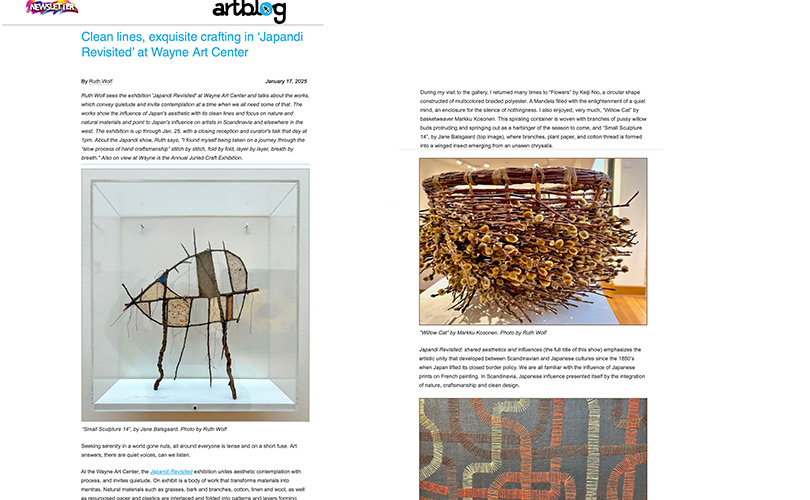
A nice photo of works by Ulla-Maija Vikman and Mia Olsson that we loaned to the Garrido Gallery for their exhibition at the Salon Art + Design show in 2023, appeared in the Fall 2024 issue of Art & Object.
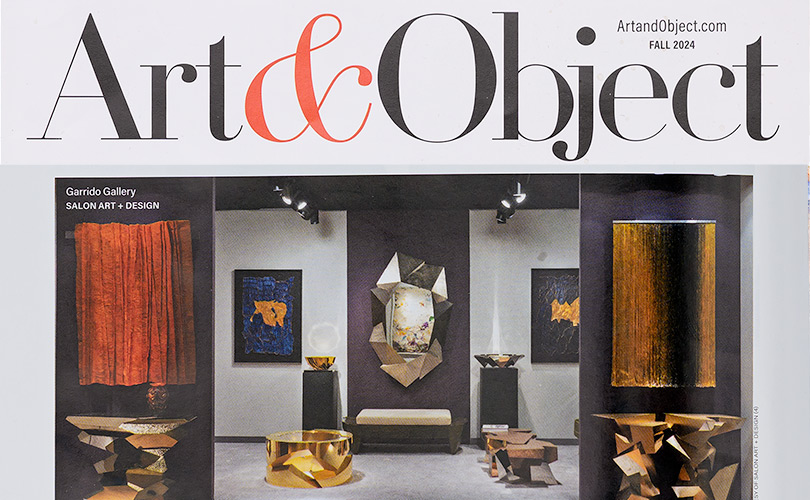
Meanwhile, artists we work with were getting good coverage for their artistic pursuits and more. Hali Magazine ran a detailed and beautifully photographed article about James Bassler, whose work will be included in our upcoming exhibition, Field Notes: an art survey. In “An artist’s life,” Elaine Phipps explores his work, “within the context of his time and place in the American cultural landscape of the 1950s to the present day.” Phipps tracks the nuances of his growth and development as an artist/weaver, and the expanded world view and deep appreciation of a wide range of historic and ethnographic textile traditions that “transformed his creative process into new working methods.”

In its Fall 2024 issue, Fiber Art Now ran an insightful profile of Dutch Artist Marianne Kemp, “Achieving the Perfect Balance,” by Noelle Foye. Kemp’s work will also be in Field Works at browngrotta arts in May. Foye writes that Kemp has two parts to her weaving process. “There is the creative, poetic side of weaving — the feel, the touch, the colors. Then there is the technical side, which involves the mechanical challenges of manipulating the loom to translate the creative vision into reality.”
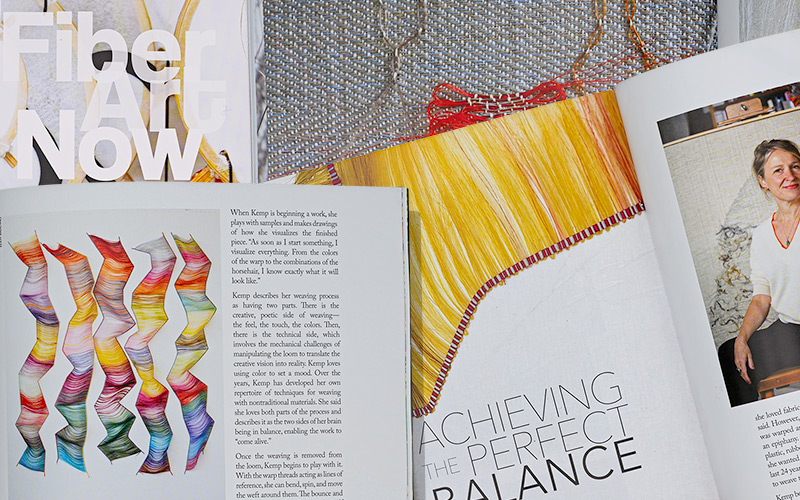
The magazine also headlined Nancy Koenigsberg’s work, Copper Patches, in its Summer 2024 issue.

An article in the Fall 2024/Winter 2025 issue of basketry+ Magazine looked back at the first 10 years of the National Basketry Organization, illustrated with work by Jennifer Falck Linssen, Kari Lønning, and Nancy Moore Bess. Linssen’s work will be included in Field Notes.
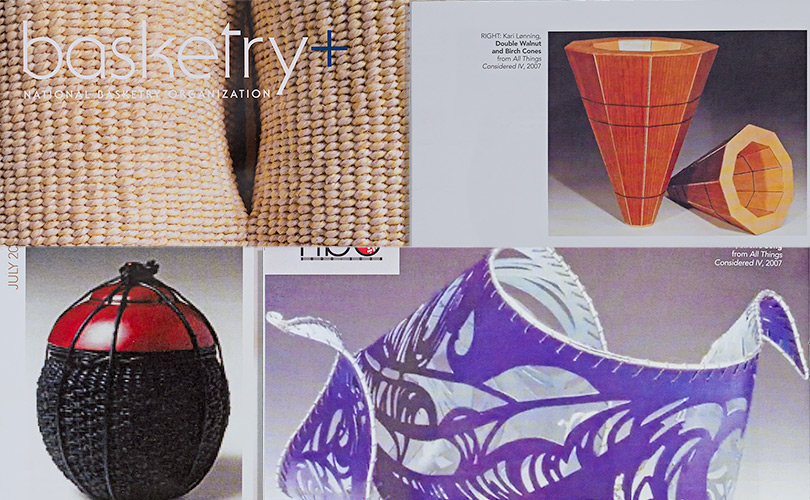
Norma Minkowitz’s achievements as an athlete and an artist were described in “Runner’s World” by Sara Gaynes Levy, in the January 2025 issue of Westport Lifestyle. Levy writes, “The world-record mile time for a woman aged 85-89 is nine minutes, 45 seconds, 45 tenths of a second. And it belongs to Westport resident, Norma Minkowitz, 87.” The article notes that Minkowitz is a world-renowned artist as well whose work is in 35 museum collections worldwide. “There’s a connection between running and art the way I do it,” the article quotes Minkowitz as saying. “My work is in fiber, and the process is to do this crochet stitch over and over. It’s very repetitive, as is running.” Minkowitz’s work will be included in Field Notes at browngrotta arts.

Last, but not at all least, the passing of Hiroyuki Shindo, an exceptional indigo artist from Japan was noted by in the selvedge blog,”Lives Well-Lived: Horoyuki Shindo (1941-2024).”
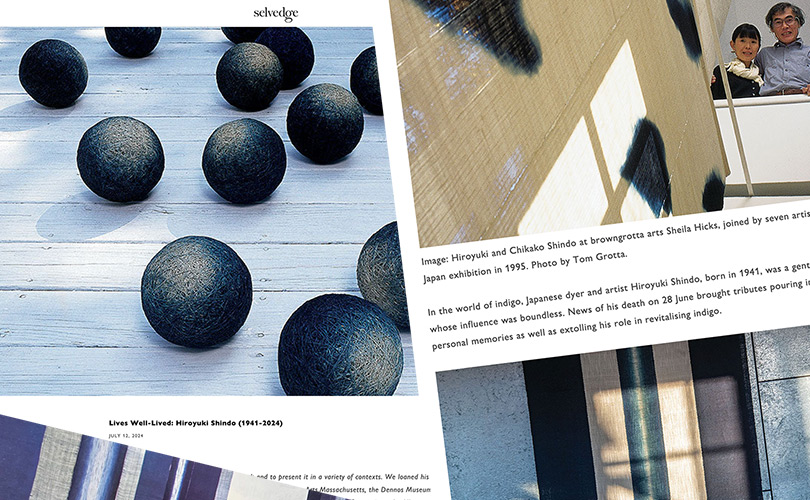
He was also remembered in Text, the Textile Society Magazine. Both remembrances were written by Jenny Balfour-Paul and each featured images of Shindo and his work by Tom Grotta.
